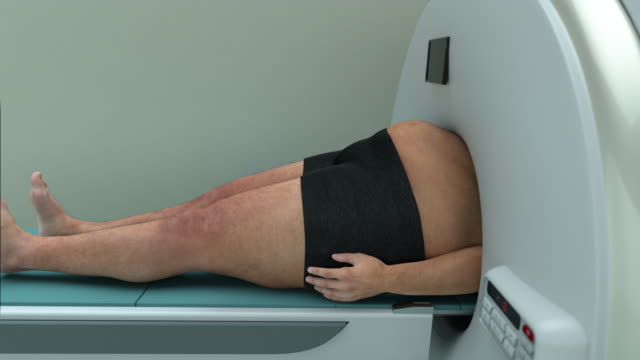Introduction
Hey there, fellow fitness enthusiasts! Today, we’re diving headfirst into the world of exercise machines and exploring the ultimate solution for our beloved friends on a weight loss journey. Whether you’re new to the fitness game or simply looking for an upgrade, this article will equip you with all the essential information you need in finding the best exercise machines for obese individuals to make an informed decision. So, let’s buckle up our imaginary seatbelts and embark on this exciting ride!
Understanding the Need: The Struggles of Obesity
Before we dive into the nitty-gritty of exercise machines, it’s crucial to acknowledge the challenges obese individuals face on their fitness journey. Carrying excess weight can strain joints and muscles immensely, making certain exercises uncomfortable or even painful. That’s where the suitable exercise machine can become a true game-changer, providing a low-impact and supportive platform to start a sustainable workout routine.
Choosing the Right Type of Exercise Machine
Not all exercise machines are created equal, my friends! There are many options out there, each catering to different needs. Here are some popular types of devices that can be particularly beneficial for obese individuals:
1: Treadmills – Walking the Path to Success
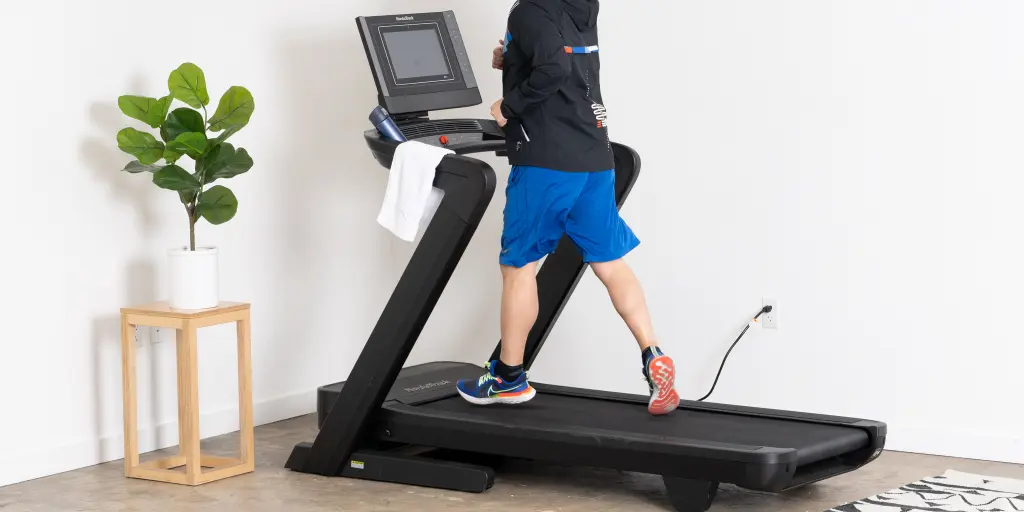
When it comes to cardio workouts, treadmills are an excellent choice. Walking is a low-impact activity that can be easily adjusted to suit individual fitness levels. With features like incline adjustments and cushioned surfaces, treadmills can reduce the impact on joints while providing a fantastic workout. The treadmill can be purchased for $250 or more.
2: Stationary Bikes – Pedal Your Way to Fitness
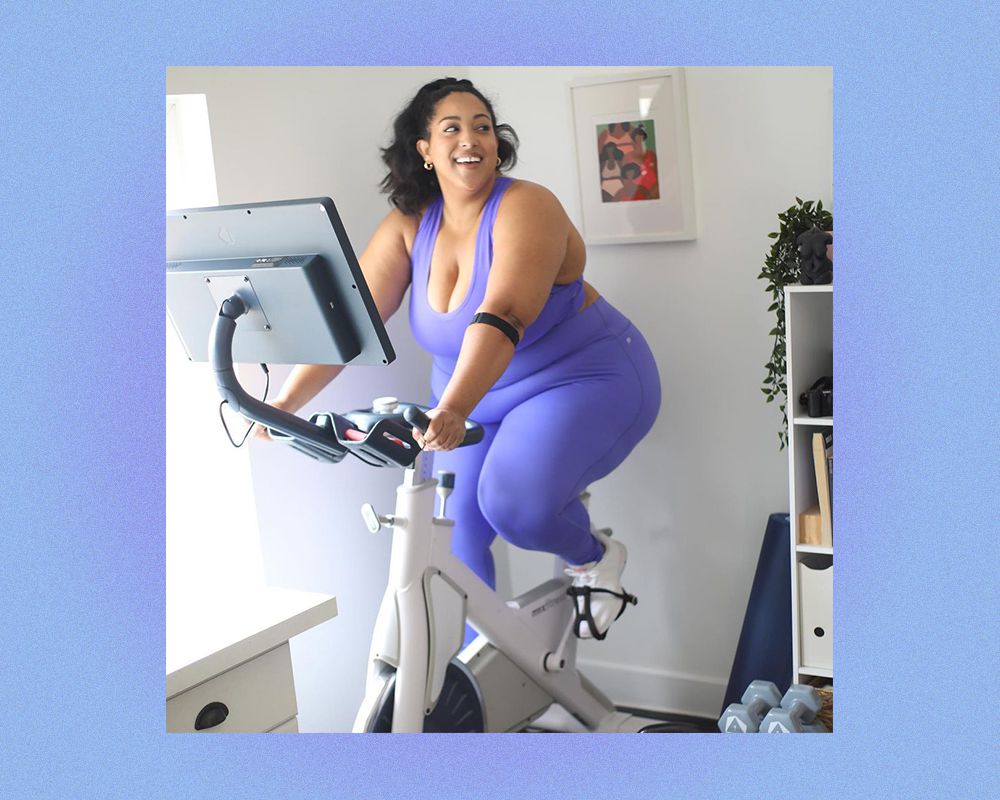
Stationary bikes offer a safe and effective way to get your heart pumping without putting stress on your joints. These bikes come in various forms, from recumbent to upright, allowing you to find the most comfortable position for your body. A Stationary bike can be purchased between the range of $300-$350.
3: Elliptical Trainers – Embrace the Smooth Movement
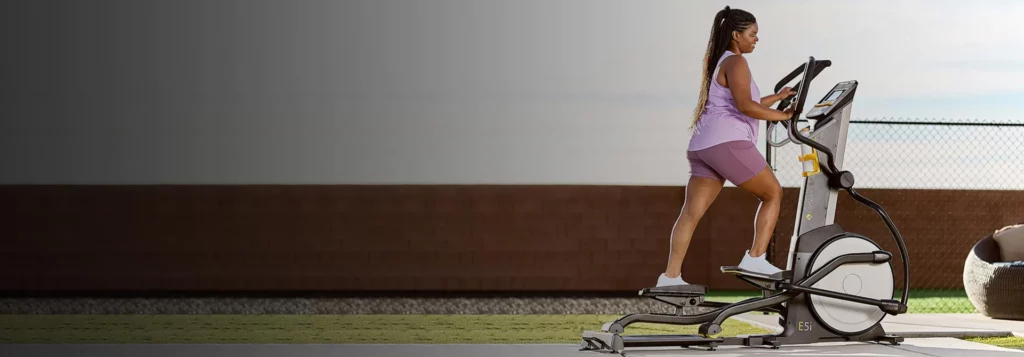
Look no further than elliptical trainers for a full-body workout that’s gentle on your joints. Mimicking the motions of walking, running, and stair climbing, these machines provide a low-impact exercise that engages various muscle groups simultaneously. An elliptical trainer can be purchased for $200 or more.
4: Rowing Machines – Row, Row, Row Your Way to Health
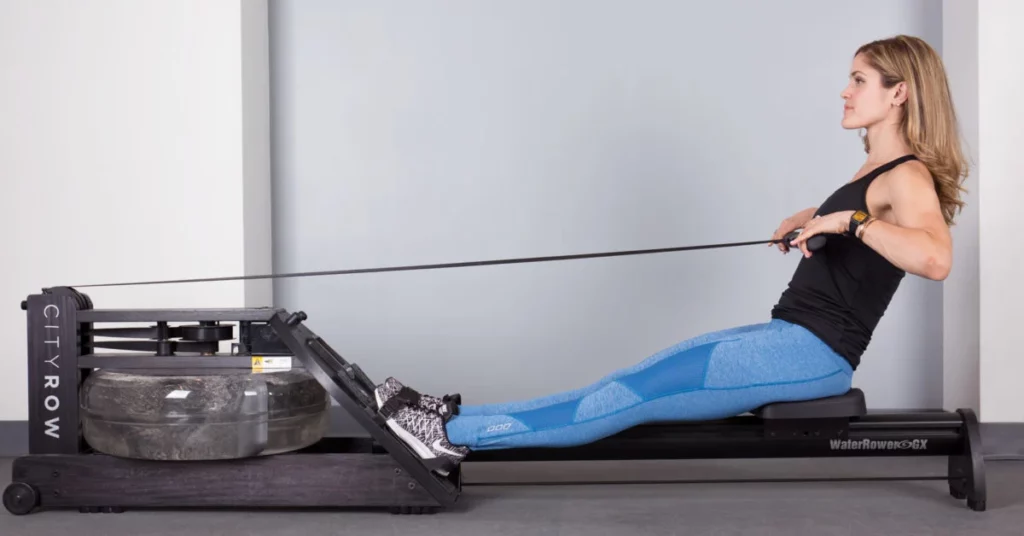
Rowing machines offer an incredible cardiovascular workout while also targeting muscles in your arms, legs, and core. Their low-impact nature makes them a fantastic option for obese individuals seeking an all-around exercise routine.
- How to Look Attractive as a Girl And Boost Your Confidence
- Does Releasing Sperm Make You Lose Weight
- Tiger Nut Drink
- The Best Health Insurance Company in Nigeria: Ensuring Your Well-being with Comprehensive Coverage
- Fun and Engaging Rett Syndrome Activities for Individuals of All Ages
Key Features to Consider
Now that we’ve explored various exercise machines let’s dive into the essential features to consider before making a purchase:
1: Weight Capacity – The Foundation of Support
When selecting an exercise machine for obesity, checking the weight capacity is paramount. Ensure the device can comfortably handle your weight to maintain stability and safety during workouts.
Adjustable Resistance – Gradual Progression is the Key
Having the ability to adjust the resistance on your exercise machine is vital. Gradual progression in intensity is crucial for any fitness journey, and adjustable resistance allows you to challenge yourself without straining your body.
2: Comfort and Ergonomics – Workout Bliss
Comfort is king! Look for exercise machines with well-padded seats, cushioned handles, and ergonomic designs to make your workouts enjoyable and pain-free.
3: Workout Programs and Tracking – Keep the Motivation High
A machine with pre-programmed workouts and tracking features can keep you engaged and motivated. Watching your progress can be incredibly satisfying and spur you to reach new milestones.
4. Safety First: Tips for Exercising as an Obese Individual
Before you unleash your inner fitness beast, here are some safety tips to keep in mind:
i. Consult Your Doctor – Get the Green Light
It’s always wise to consult your healthcare provider before starting any exercise routine, especially if you have pre-existing medical conditions.
ii. Warm-Up and Cool-Down – Treat Your Body Right
Warming up before a workout and cooling down afterward are essential steps to prevent injuries and improve flexibility.
iii. Start Slow and Steady – Patience is a Virtue
Listen to your body and progress at your own pace. Rome wasn’t built in a day, and your fitness journey is the same.
Customizing Your Fitness Journey
Congratulations on taking the first step towards a healthier lifestyle! Now that you’ve chosen the best exercise machine for your needs, it’s time to customize your fitness journey for ultimate success. Let’s explore some tips to keep you motivated and engaged throughout your workout routine.
1. Set Realistic Goals – Aim for the Stars, but Start with the Moon
Setting achievable and realistic fitness goals is vital to staying on track. Break your long-term objectives into smaller milestones, celebrating each accomplishment along the way.
2. Find a Workout Buddy – Two is Better Than One
Exercising with a friend or family member can make workouts more enjoyable and help keep you accountable. Having someone to share your achievements and challenges with can be incredibly motivating.
3. Mix Up Your Routine – Variety is the Spice of Life
Feel free to mix up your workouts. Incorporate different exercises and training styles to keep things fresh and prevent boredom.
Listen to Your Body – Rest and Recovery Are Essential
Your body is your best guide. If you feel tired or sore, give yourself time to rest and recover. Overtraining can lead to injuries and hinder your progress.
4. Reward Yourself – Treat Yourself (but not with Ice Cream)
As you reach your fitness milestones, reward yourself with non-food treats. It could be a new workout outfit, a massage, or simply some well-deserved relaxation time.
5. Embracing Challenges and Overcoming Obstacles
On any fitness journey, challenges are bound to arise. Embrace them as opportunities to grow and evolve. Let’s explore some common obstacles and how to conquer them.
6. Plateaus – Breaking the Wall
It’s natural to hit plateaus in your fitness journey, where progress seems to slow down. When this happens, try increasing the intensity of your workouts or exploring new exercises to reignite your progress.
7. Time Constraints – Making Every Minute Count
If finding time for workouts is challenging, break your sessions into smaller chunks throughout the day. Even short bursts of exercise can add up and significantly impact your health.
8. Motivation Dips – Rediscovering Your Drive
There may be days when you feel less motivated to exercise. Remind yourself of your goals, revisit your accomplishments, and remember why you started this journey in the first place.
9. Social Pressures – Staying Committed to Yourself
Don’t let the opinions of others deter you from your fitness goals. Stay focused on what matters most – your health and well-being.
Conclusion
Congratulations! You’ve made it to the end of our whirlwind tour through the world of exercise machines for obese individuals. Remember, there is no one-size-fits-all solution, and the best exercise machine depends on your preferences and needs. By choosing the suitable machine, considering crucial features, and embracing safety, you’re well on your way to achieving your fitness goals.
Frequently Asked Questions
1. Can obese individuals use treadmills safely?
Absolutely! Treadmills are an excellent choice for obese individuals, as they provide a low-impact workout and can be adjusted to suit individual fitness levels.
2. Are recumbent bikes suitable for obese beginners?
Definitely! Recumbent bikes offer a comfortable and supportive option for beginners, as they put less stress on joints and provide a stable platform for workouts.
3. How often should I use the exercise machine for weight loss?
The frequency of workouts depends on your fitness level and goals. However, it’s generally recommended to start with 3-4 sessions per week and gradually increase as you progress.
4. Can I assemble the exercise machine myself?
While some machines are relatively easy to assemble, it’s always a good idea to carefully follow the manufacturer’s instructions. If you need more clarification, seek assistance from a professional.
5. Are there any additional accessories I should consider for my exercise machine?
Optional accessories like heart rate monitors, floor mats, and tablet holders can enhance your workout experience, but they are optional. Focus on finding a suitable machine first.


